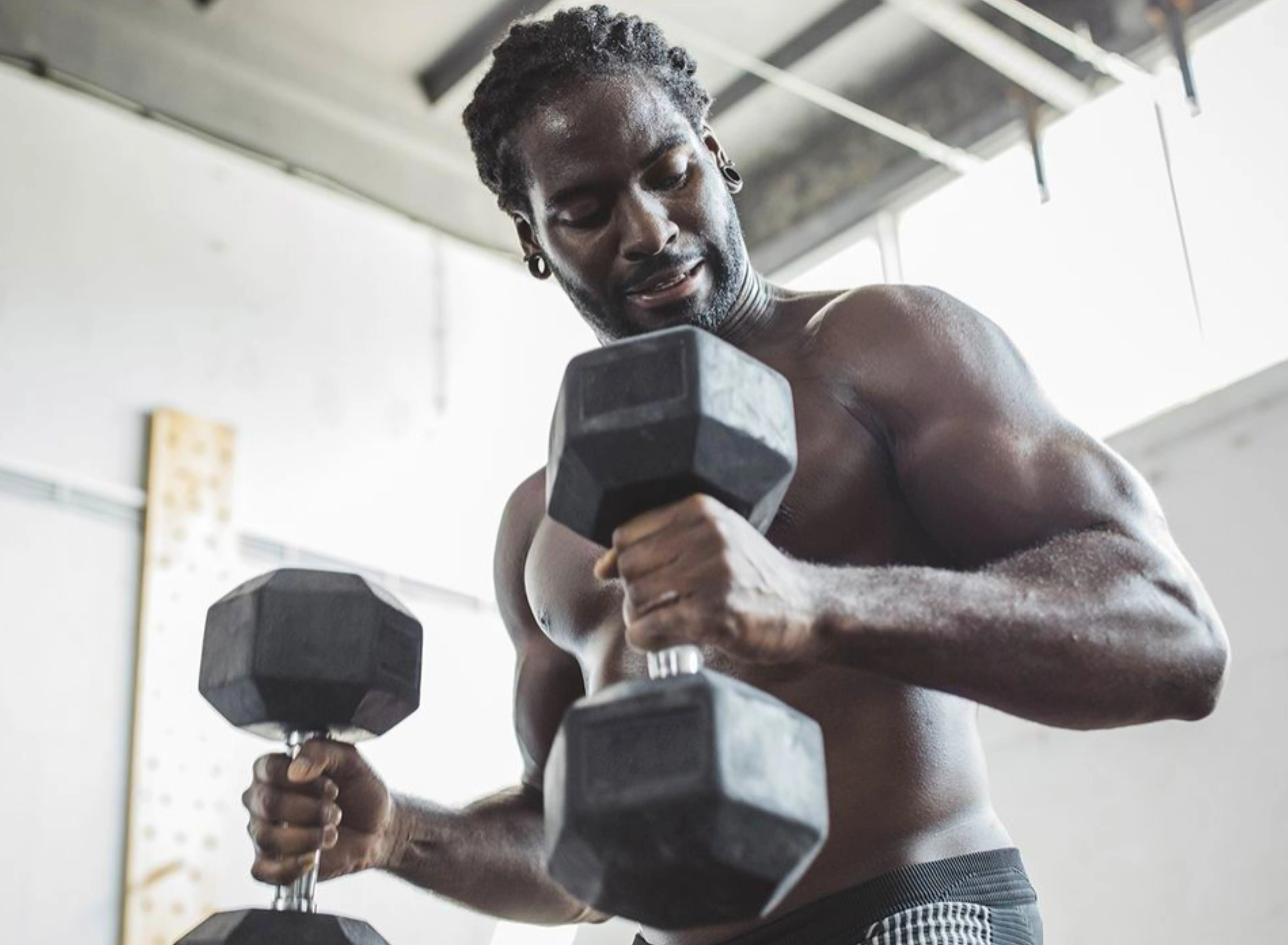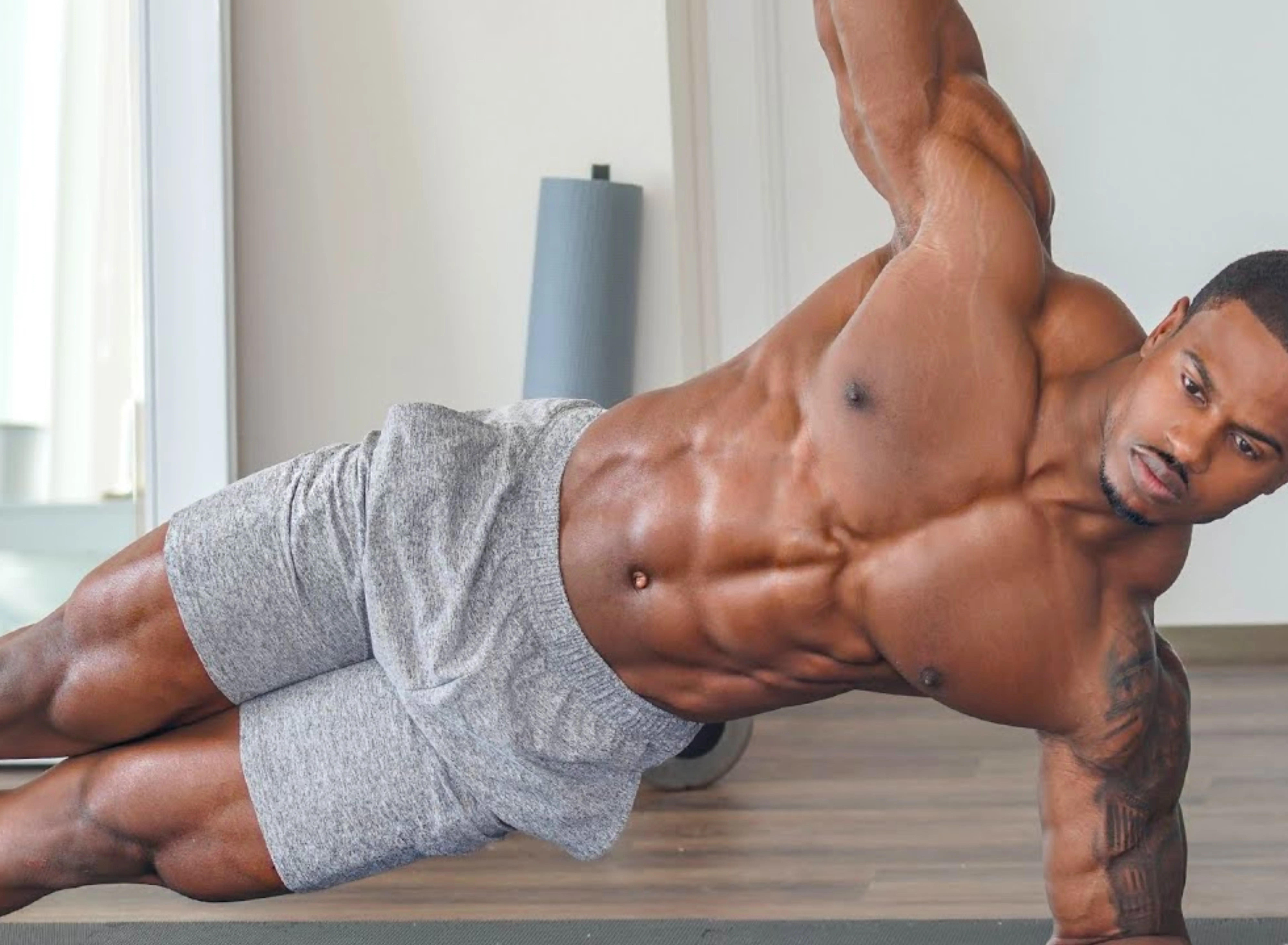Lats, also known as the latissimus dorsi muscles, are the large fan-shaped muscles on your back that contribute significantly to your V-shaped physique. Strong and well-developed lats not only enhance your aesthetics but also improve posture, support pulling movements, and enhance overall upper body strength.
Expert reveals some simple attitudes that will help you accelerate results in the gym.
By training your back the wrong way, you can put a lot of loads, perform numerous repetitions and still not get any kind of result. “And, unfortunately, it’s a common thing to happen, as this muscle group is perhaps one of the hardest to target”.
In addition to being a large region of the body, the back has a high number of muscles and, as if that were not enough, they still rely on the help of the arms in most exercises. Something that can dilute the recruitment of muscle fibers during the execution of movements. This prevents further isolation of the target musculature.
However, training your back the right way, “it is possible that you don’t even need that much load, let alone exaggerated repetitions. When reaching the correct training target, the wear and, consequently, the results, will probably be more concrete and faster”.

This article dives into six effective tricks to incorporate into your routine, helping you build impressive and functional lats.
1. Master the Art of Compound Movements:
Compound movements, which engage multiple muscle groups at once, are the cornerstone of building bigger and stronger lats. These exercises allow you to lift heavier weights, leading to greater muscle stimulation and growth. Here are some top compound movements for lat development:
- Pull-ups: The king of lat exercises. There are many variations, such as wide-grip, chin-ups, and neutral grip, allowing you to target different areas of your lats.
- Barbell rows: Choose variations like bent-over rows, seated cable rows, or T-bar rows. Experiment with different hand positions (overhand, underhand, neutral) to hit various lat regions.
- Deadlifts: While primarily a leg exercise, deadlifts also significantly engage your lats for core stability and support throughout the movement.
2. Embrace Progressive Overload:
Your muscles adapt to the stress you put them under. To continue seeing progress, you need to gradually increase the challenge over time. This can be achieved by:
- Adding weight: Once you can comfortably perform the desired reps (8-12) with good form, increase the weight by 5-10% in the next workout.
- Increasing reps or sets: If adding weight proves difficult, you can increase the number of repetitions or sets per exercise while maintaining the same weight.
- Reducing rest periods: Shortening rest periods (30-60 seconds) can increase the intensity of your workout, stimulating further growth.
3. Don’t Neglect Form for the Sake of Weight:
While lifting heavier weights is crucial, proper form is paramount for preventing injuries and maximizing muscle engagement. Focus on maintaining a neutral spine, controlled movements throughout the entire range of motion, and squeezing your lats at the peak contraction.
4. Incorporate Isolation Exercises:
While compound movements are the foundation, isolation exercises can help target specific parts of your lats and address any imbalances. Examples include:
- Machine pulldowns: Offer a wider range of motion and allow for precise control over the weight.
- Face pulls: Activate the smaller muscles of the upper back that contribute to a wider appearance.
- Seated cable rows: Provide a more controlled movement and can be customized with different hand positions.
5. Mind-Muscle Connection:
Actively engaging your mind-muscle connection is crucial for maximizing muscle growth. As you perform each exercise, visualize your lats contracting and working hard. This can help improve neuromuscular efficiency and maximize the targeted muscle activation.
6. Prioritize Adequate Rest and Recovery:
Muscles grow and repair during rest periods. Ensure you get enough sleep (7-8 hours per night) and schedule rest days between workouts. Proper recovery allows your body to rebuild and adapt to the training stress, leading to continuous progress.
Here are Additional 6 Best Tricks to Build Broader, Stronger Lats
1 – Pulls to have more width – “The vertical pulls (from top to bottom) will help a lot in the width of the dorsal and this is a determining factor for the aesthetics of this region”, he explains.
Related Articles: Back Development: Build Back Strength, Mass, And Size With “Bent-Over Barbell Rows”
2 – Rows to work on thickness – “Many of my students focus only on width and the back doesn’t have that ‘tortoiseshell’ look. So always do rowing exercises,” recommends Bigflex Dogg.
3 – Do the back training twice a week – “Be very careful to divide your back training in this way, so that you don’t conflict with other synergists. That is, it pays to train biceps together with dorsal and trapezius with the other workout back so that all the synergistic muscles have their rest”, he warns.
Check Out Our List Of The Best Supplements For Building Muscle, Shredding Muscle, Recovery, And Great Health, and Wellness Products! Purchase ifbnewsfeed.org‘s apparels Here: ifbnewsfeed.org


5 – Attention with the grip – If your hand can’t handle the entire back workout, you can use a simple accessory: the famous strap – an object that helps to fix your hands on the bar. “It comes in very well to increase the tension time in the lats when you are limited by the lack of grip strength! Obviously, you also need to try to solve this grip problem”, says the physical educator.
Related Articles: The “12 Best Back Extension Alternatives” You Should Consider
6 – Use your shoulder blades – Perhaps the main mistake you make when training your back is forgetting to move your shoulder blades when performing the exercise “During training, don’t imagine that the strength comes from your arm but from your back. thinking about the lats in training helps with motor activation and making you aware of what really matters at that moment”, concludes Bigflex Dogg.
Bonus Tip: Embrace a Balanced Approach:
While focusing on building your lats, don’t neglect other muscle groups. Train your entire back, including upper back muscles like traps and rhomboids, for a well-developed and balanced physique. Additionally, incorporate exercises for other muscle groups like chest, core, and legs for overall strength and functional fitness.
By incorporating these six tricks into your routine, you can effectively build strong, defined lats and achieve that desired V-shaped physique. Remember, consistency, proper form, and progressive overload are key to unlocking your full lat-building potential.
More About the Best Tricks To Build Broader, Stronger Lats
- “B-Stance Deadlifts Exercises Guide”, The Benefits Of The “B-Stance Deadlifts Exercises” & How To Do The “B-Stance Deadlifts Exercises”
- Build a Back You Can Be Proud Of: A Comprehensive Guide to “Back Training” & Understanding Your “Back Muscles”
- How To Build A Massive Back With T-Bar Rows: “How-To, Muscles Worked, And Variations”

- Hormone Replacement Therapy regimen For Men and women
- Hormone Blood Testing for Men (Bodybuilder Blood Testing)
- Shop Optimum Nutrition Energy: Anytime & Pre-Workout
For More News And Daily Updates, Follow IFBNewsfeed.Org on Facebook, Twitter, and Instagram. Comment, Like, And Share With Everyone Who May Need To Be Updated With The Most Recent Fitness/Bodybuilding/Powerlifting And CrossFit News.



















































